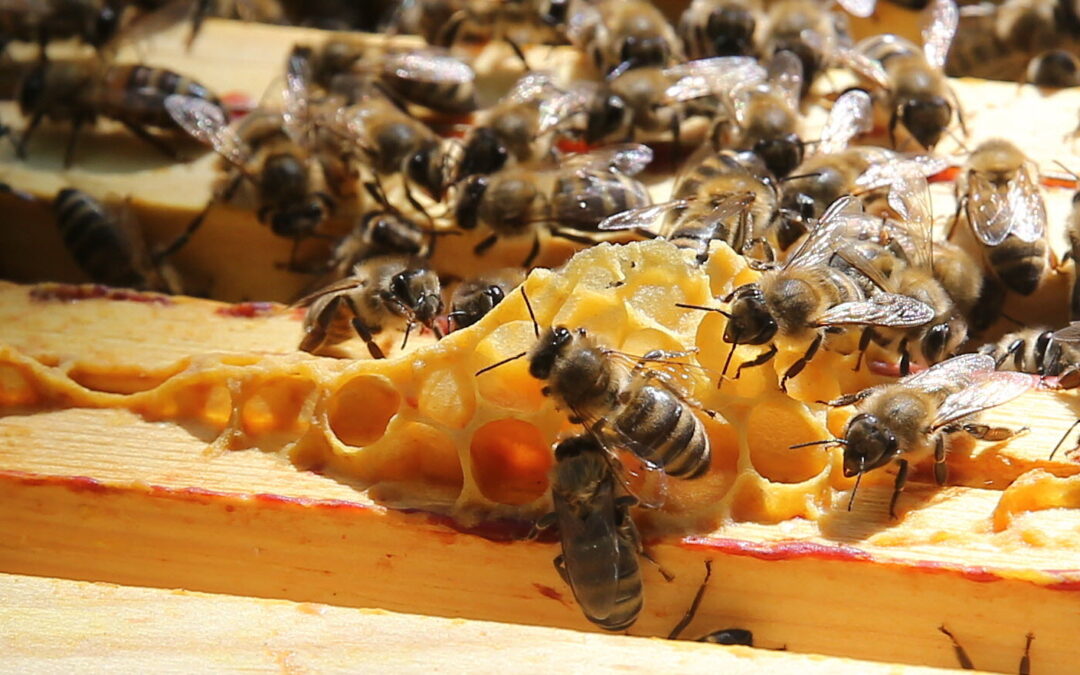In February, beekeepers in the Bay Area, California, can take advantage of the region’s mild winters to prepare their hives for the upcoming spring. Here’s a list of tasks and considerations for managing your beehive during this time:
1. Inspection and Maintenance
- Weather Check: Only open your hives for inspections on warmer, calm days to avoid chilling the bees.
- Hive Health: Check for signs of disease or pests such as Varroa mites or Nosema. Early detection can prevent bigger issues in the spring.
2. Food Supplies
- Monitor Stores: Ensure your bees have enough honey stores to last until nectar flows begin. Bees can consume a lot during colder snaps.
- Supplemental Feeding: If stores are low, consider feeding sugar syrup or fondant. However, be cautious as feeding can also stimulate brood rearing too early.
3. Equipment Preparation
- Repair and Clean: Repair any damaged equipment and clean tools to reduce disease spread.
- New Equipment: Assemble and prepare new frames and boxes now to avoid a rush when the spring nectar flow starts.
4. Queen and Population Management
- Queen Viability: Check if the queen is present and laying. It’s hard to do in cold weather, but signs of new eggs or larvae during a warm spell can be a good indicator of her health.
- Population Size: Consider the colony’s size and whether you will need to split hives to prevent swarming as the population grows in spring.
5. Education and Planning
- Learning: Use this quieter time to read up on beekeeping practices, attend club meetings, or participate in online forums.
- Season Planning: Plan for what you want to achieve with your beekeeping this year, whether it’s increasing your number of hives, improving honey production, or focusing on bee health.
6. Early Spring Preparations
- Pollen Substitutes: In late February, you might start providing a pollen substitute to help with early brood rearing if natural pollen sources are not yet available.
- Varroa Mite Control: Consider early treatments for Varroa mites if levels are high to give your bees the best start.
7. Observation
- Activity Monitoring: On warm days, observe the hive entrance for bee activity and dead bee removal, which indicates the colony is active and cleaning.
8. Record Keeping
- Update Records: Keep detailed notes on each hive’s health, population size, honey stores, and any treatments applied. This will help in managing your hives throughout the year.
February is a critical time for preparation and early interventions in the Bay Area to ensure a healthy and productive beekeeping season. Always be mindful of the weather and your bees’ behavior to make informed management decisions.

